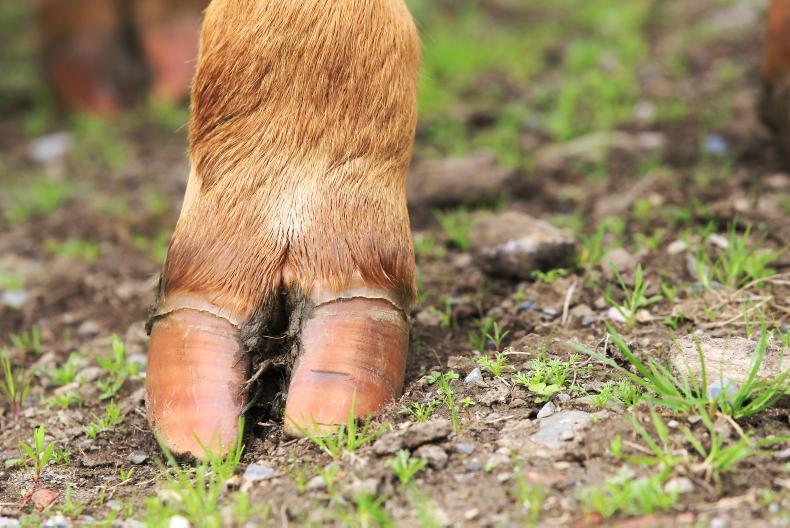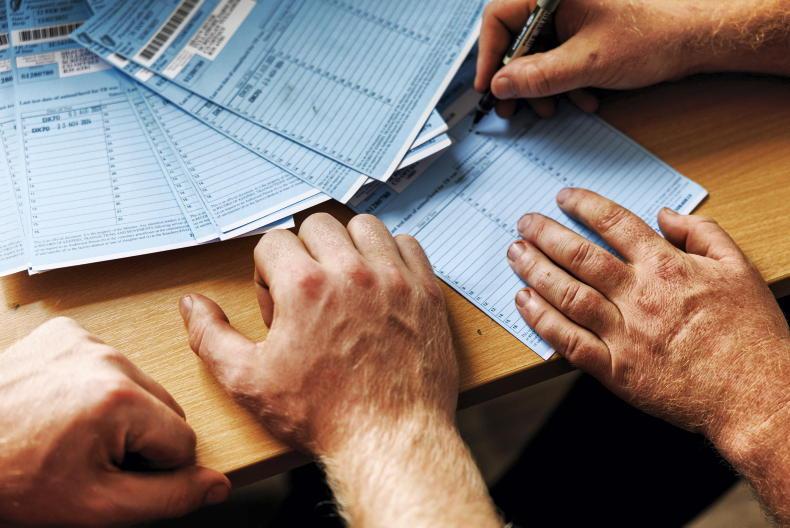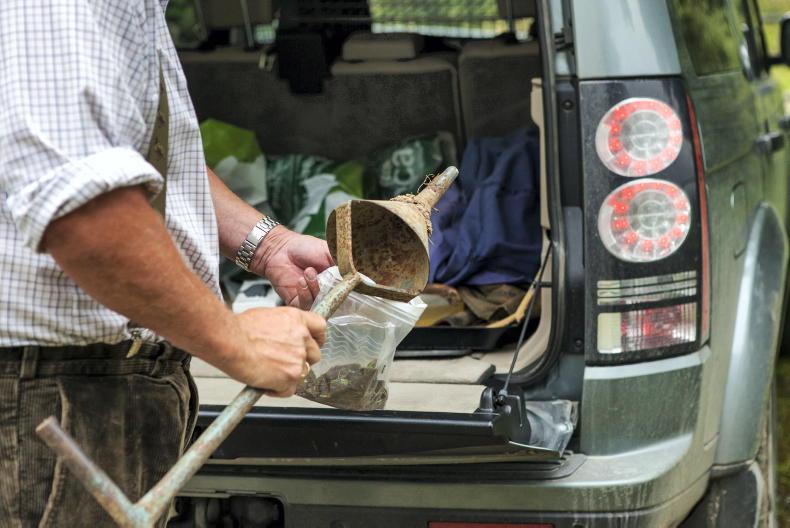One in three cattle inspections resulted in a penalty in 2016, figures obtained by Farmers Journal Scotland reveal. One in four sheep inspections resulted in a penalty over the same period.
The penalties range from just 1% of a farm’s Basic Payment to 100% in the most severe cases. A total of 547 cattle inspections took place in 2016, with 29% showing full compliance. Nearly one-third resulted in a warning letter being issued.
Meanwhile, 286 sheep inspections were carried out, with 64% showing full compliance and just 10% resulting in a warning letter.
Missing eartags, failure to register animal movements or deaths are just some of the offenses that can result in penalty.
The Scottish Government justified the figures by highlighting the importance of animal identification and traceability to public and animal health.
“They [regulations] are also important to trading partners and make a significant contribution to the Scottish livestock industry’s recognised high health status,” a government spokesperson said. “The Scottish Government has always sought to ensure that the Cross Compliance Regulations are proportionate while providing an effective and persuasive means of making sure the relevant regulations are adhered to, and will continue to do so.”
When broken down by Rural Payments and Inspections Directorate (RPID) offices, Dumfries cattle inspections resulted in the highest proportion of penalties at 50%. This compares to just 7% at Stornoway. Whereas on the sheep side the outer Hebrides performed the worst with 52% of Portree and 49% Stornoway inspections resulting in penalty.
“Very few of the rules have changed but there’s no question that the European auditors have made sure the local inspectors have been much more strict in adhering to them,” said chairman of the Scottish Beef Association Neil McCorkindale. “I would encourage all farmers to revisit the rules and make sure you’re compliant. In the meantime the beef association will continue to emphasise to the Scottish government how disproportionate the penalties are.”
See page 10 for a full breakdown of the figures by RPID office and a guide to avoiding penalties.









SHARING OPTIONS